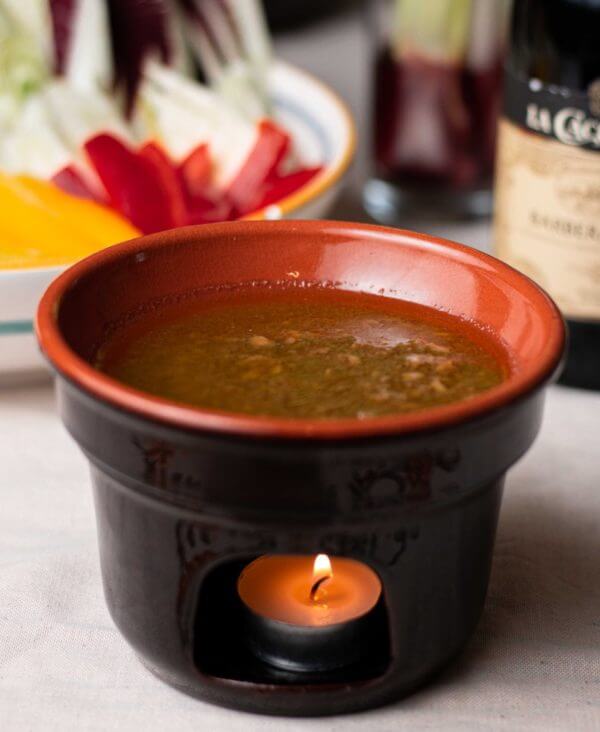French Buttercream Frosting: Benefits, Recipe, and Tips for Perfect Results
French pastry has a storied history dating back to the time of medieval Europe. Bakers in France began creating intricate desserts influenced by various cultures, including Italian and Middle Eastern. In the 16th century, Italian chefs brought refined baking techniques to the French court, leading to the development of sophisticated pastries. By the 19th century, renowned pâtisseries, like Maison Stohrer in Paris, became famous for innovative desserts. This rich tradition laid the groundwork for the evolution of diverse frostings, including French buttercream.
How French Buttercream Differs From Other Frostings
French buttercream stands apart due to its unique ingredients and preparation. Whereas American buttercream uses powdered sugar and butter, French buttercream incorporates egg yolks and hot sugar syrup. This process results in a frosting that is smoother and richer. Swiss and Italian buttercream also use a meringue base, but French buttercream’s reliance on egg yolks gives it a distinct, luxurious texture. Its subtle sweetness contrasts with the often overly sweet nature of other frostings, providing a balanced and refined flavor profile.
Ingredients and Preparation
Essential Ingredients for Authentic Taste
To create French buttercream frosting, you need specific ingredients for an authentic taste. These include:
- Egg Yolks: Use fresh egg yolks, essential for richness.
- Granulated Sugar: Provides sweetness and structure.
- Water: Helps dissolve the sugar for syrup.
- Unsalted Butter: Use high-quality unsalted butter, softened, to enhance the taste.
- Vanilla Extract: Adds a subtle vanilla flavor; ensure it’s pure.
- Salt: Balances sweetness; use a pinch.
Step-by-Step Guide to Making French Buttercream
Follow these steps for perfect French buttercream frosting:
- Beat Egg Yolks: Place egg yolks in a mixing bowl. Beat on high speed until thick and pale.
- Prepare Sugar Syrup: In a saucepan, combine sugar and water. Cook over medium heat until it reaches 240°F (116°C) on a candy thermometer.
- Combine Syrup and Yolks: With the mixer on low, slowly pour the hot syrup into the egg yolks. Once incorporated, increase the speed. Beat until the mixture is cool and thick.
- Add Butter: Gradually add softened butter while the mixer is on medium speed. Beat each piece in fully before adding the next.
- Incorporate Flavoring: Add vanilla extract and a pinch of salt. Mix until smooth and fluffy.
Your French buttercream should have a creamy, smooth texture with a rich flavor ready for your cakes, cupcakes, and pastries.
Culinary Uses of French Buttercream Frosting
Perfect Pairings: Cakes and Pastries
French buttercream frosting excels in pairing with various cakes and pastries. Use it to frost classic layered cakes like genoise or chiffon to enhance their flavors. Spread it on delicate sponge cakes to add a luxurious touch. It’s ideal for decorating cupcakes, as its smooth texture allows intricate piping designs. Consider pairing it with pastries such as éclairs, cream puffs, and mille-feuille. These combinations elevate the overall dessert experience with a creamy, rich finish.
Innovative Dessert Ideas
Experimenting with French buttercream frosting in unique dessert creations can add a gourmet twist. Create macaron fillings by incorporating flavors like raspberry or chocolate. Use it to fill tarts for a decadent center. Frost cookies or sandwich them with the buttercream for a classy touch. You can also layer it between crepes for a sumptuous dessert cake. These innovative uses showcase the versatility of French buttercream, making it a valuable addition to any dessert repertoire.
Tips for Perfect French Buttercream
Achieving the Right Consistency
Ensure your French buttercream attains the ideal consistency by paying close attention to temperature. Warm butter creates a soupy texture, while cold butter makes it lumpy. Use room-temperature butter (65-68°F) for best results. Whip the mixture long enough to achieve a fluffy and smooth texture, about 5-7 minutes on medium speed. When adding sugar syrup, pour it in a slow, steady stream to avoid cooking the yolks. For adjustments, refrigerate a too-soft buttercream for 15 minutes or warm a too-stiff one briefly with a hairdryer or warm bowl.
Common Mistakes to Avoid
Avoid common pitfalls to ensure flawless French buttercream. Don’t rush the sugar syrup stage; heat it to 240°F (soft-ball stage) for the right consistency. Over or under-whipping can affect texture; beat until creamy but not grainy. Use fresh, high-quality ingredients to prevent off-flavors. Avoid using salted butter, which alters the taste balance. If you’ve over-whipped and caused curdling, pause and warm the mixture slightly before continuing to resolve the issue.
Conclusion
French buttercream frosting offers a luxurious, less sweet alternative to traditional American buttercream. With its rich, buttery taste, it’s perfect for elevating your baking creations. Mastering this frosting involves a few key steps, including using room-temperature butter and whipping the mixture adequately.
Avoid common pitfalls like rushing the sugar syrup stage or using low-quality ingredients to ensure your buttercream turns out perfectly every time. Whether you’re frosting a cake or filling pastries, French buttercream adds a sophisticated touch that’s sure to impress.






